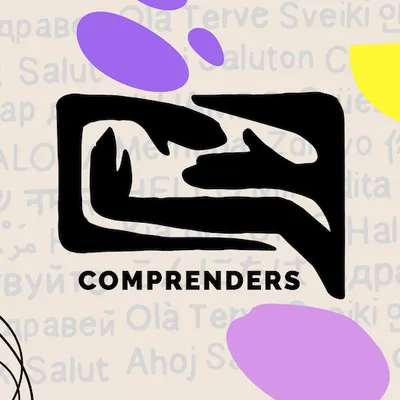
The Ultimate Guide to Haggling in English: Master Phrases and Cultural Insights
How to Haggle in English: Phrases and Cultural Peculiarities
Haggling, or negotiating for a better price, is both an art and a cultural practice that varies widely across regions. In English-speaking contexts, understanding the appropriate phrases and cultural nuances can make the process smoother and more effective.
Key Phrases for Haggling in English
Here are some commonly used phrases to help you negotiate effectively:
-
- “Interesting, but that price wasn’t quite what we were expecting.” – A subtle way to negotiate without confrontation (common in British culture) 4.
-
- “Go on then.” – Signals agreement when both parties reach an acceptable price 10.
Cultural Peculiarities of Haggling
Haggling practices differ significantly across cultures, and understanding these nuances is crucial:
English-Speaking Countries
- United States: Haggling is generally limited to specific contexts like flea markets, garage sales, or car dealerships. It is rarely acceptable in large retail stores or supermarkets 7.
- United Kingdom: Negotiation tends to be understated and polite, often accompanied by humor or coded speech. Fixed prices are the norm in formal retail settings, but haggling can occur in markets or for high-value items like cars 4, 6.
- Australia and Canada: Informal discussions are preferred, but negotiations are less confrontational compared to American practices 4.
Other Regions
- Middle East and South Asia: Haggling is deeply embedded in market culture. Prices often start high with the expectation of bargaining. It’s seen as an enjoyable social interaction rather than just a financial transaction 2, 6.
- Southeast Asia: Respectful haggling with a smile is expected in markets and street stalls. Aggressiveness can be perceived as rude 2.
- Latin America: Haggling varies by region but is common in outdoor markets. Showing respect and understanding local language enhances success 2.
Western vs Eastern Perspectives
- In Western societies, fixed pricing reflects efficiency and fairness, making haggling less common outside specific contexts. Conversely, in Eastern cultures, bargaining is viewed as an art form and a way to build rapport with sellers 6.
Tips for Successful Haggling
- Do your research: Know the typical prices of items before negotiating.
- Be polite and respectful: Aggressive tactics can backfire, especially in cultures where haggling is seen as a social ritual.
- Use body language: Smiling and showing interest can make negotiations smoother.
- Be prepared to walk away: Sellers often lower prices if they sense you’re ready to leave without buying.
- Understand cultural norms: Adjust your approach based on local practices—what works in one country might not work elsewhere.
By mastering these phrases and cultural nuances, you can haggle effectively while fostering positive interactions with sellers!
References
-
How to Haggle in Foreign Countries: Overcoming the Fear of …
-
6 language must-haves to negotiate in English - British Council
-
Shopping & Negotiating in English Phrases - Learn Laugh Speak
-
Do you believe in haggling and what country are you from? - Reddit
-
BBC Learning English - Course: intermediate / Unit 1 / Session 4 …
-
Get a Better Deal: The Language of Haggling | Engoo Daily News
-
50+ key phrases to help you with negotiations in English - BLCC
-
Useful Expressions For Negotiating In English - Oxford House
-
How to Haggle: Tips for Bargaining Overseas - Rick Steves Europe
-
Differences in negotiating across cultures - Country Navigator
-
Cultural differences in negotiating, signing and respecting contracts …
-
Haggle like a pro with these 8 simple rules | InsideAsia Tours
-
Haggle like a pro with these 8 simple rules | US InsideAsia Tours
-
Phrases to Use When Trying to Get a Lower Price: Examples and …
-
Useful expressions for negotiating - The London School of English
-
LPT Request: haggling in foreign countries. : r/LifeProTips - Reddit
-
The Fine Art of Haggling | Haggling is a way of life in much of Asia